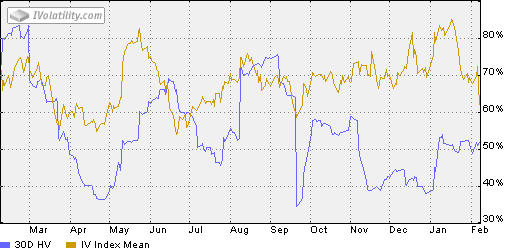Coming Soon…
 There are really only four places where I can consistently brainstorm at the top of my game (a free VIX factoid for anyone who can guess all four of them) and one of them is on long airplane rides.
There are really only four places where I can consistently brainstorm at the top of my game (a free VIX factoid for anyone who can guess all four of them) and one of them is on long airplane rides.
Since swapping the nomadic consulting lifestyle for that of the geographically constricted stay-at-home trader/investor, I sometimes find myself missing those six hour coast-to-coast flights where I could point my brainwaves in a particular direction and free associate without fear of interruption. Yesterday I had one of those rare opportunities for brainstorming at 38,000 feet and from that session comes a number of ideas that I will likely be talking about in this space in the next two or three months.
Among the subjects that I will be taking a closer look at, in no particular order:
- Looking at volatility across the full range of asset classes (not just US equities)
- Long-term volatility forecasting
- Diving deeper on the correlation between the SPX and the VIX (short-term and long-term)
- Non-VIX volatility measures for the SPX/SPY (ATR, Bollinger Band width, etc.)
- VIX implied volatility vs. historical volatility
- With hurricane season upon us, it is time to look at hurricane-related volatility in drillers, refiners and oil services companies. What are the investment opportunities? How do they mirror the VIX?
- Revisiting the idea of a VIXdex
- How to parse the universe of volatility events -- and maybe flesh out my ideas on a "taxonomy of fear"
- Is there a fat tails inflection point? Is there an options tipping point where mean reversion battles new money?
- Fear vs. volatility: Is it meaningful to talk about these subjects separately?
- Develop a Long Term Capital Management timeline superimposed on the VIX
If readers have any particular areas of interest they would like to see me elaborate on, just note them in the “Comments” section below and I’m sure that some of them will get thrown into my R&D queue. Also, if readers have pointers to some interesting work already done in some of my target areas of interest, I would love to hear about these as well.



